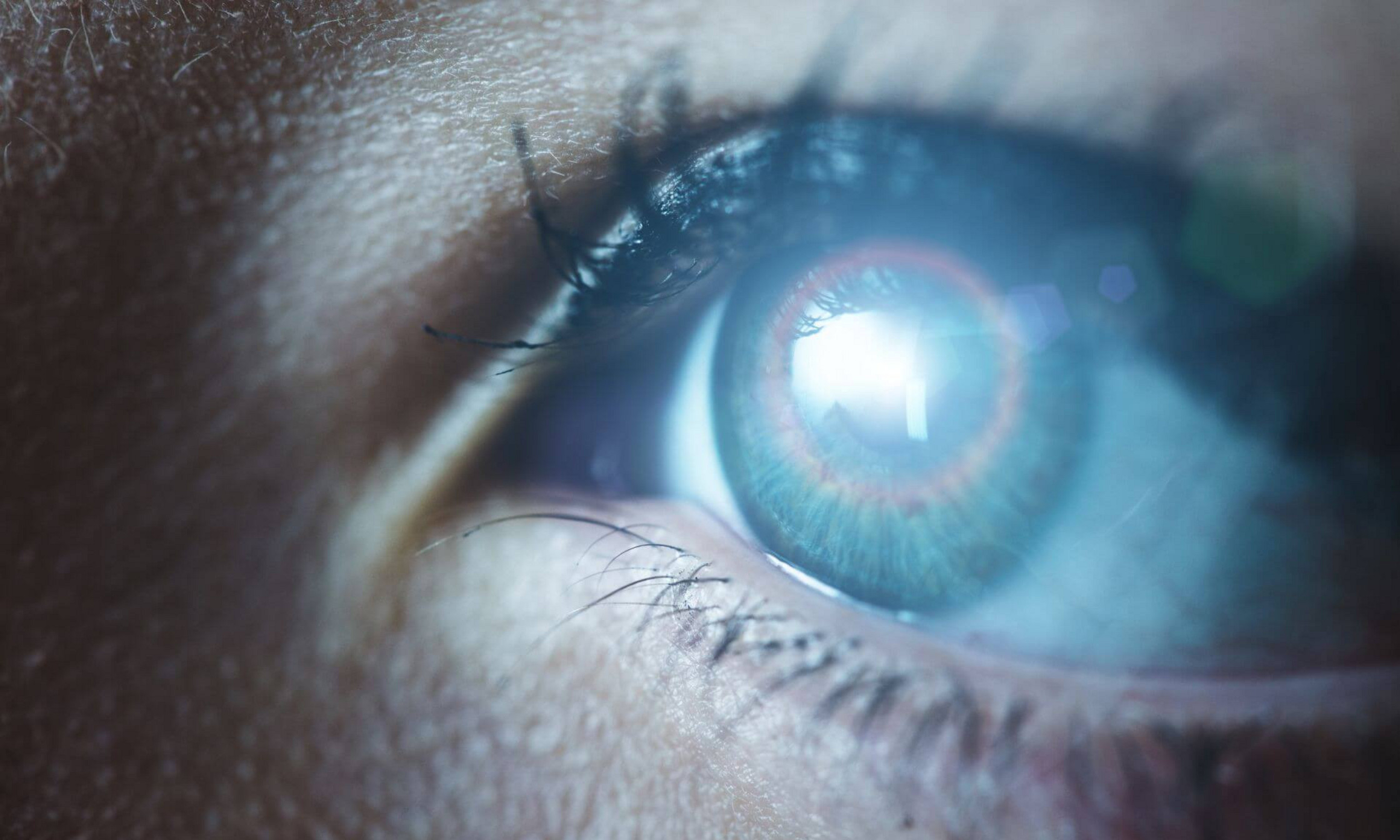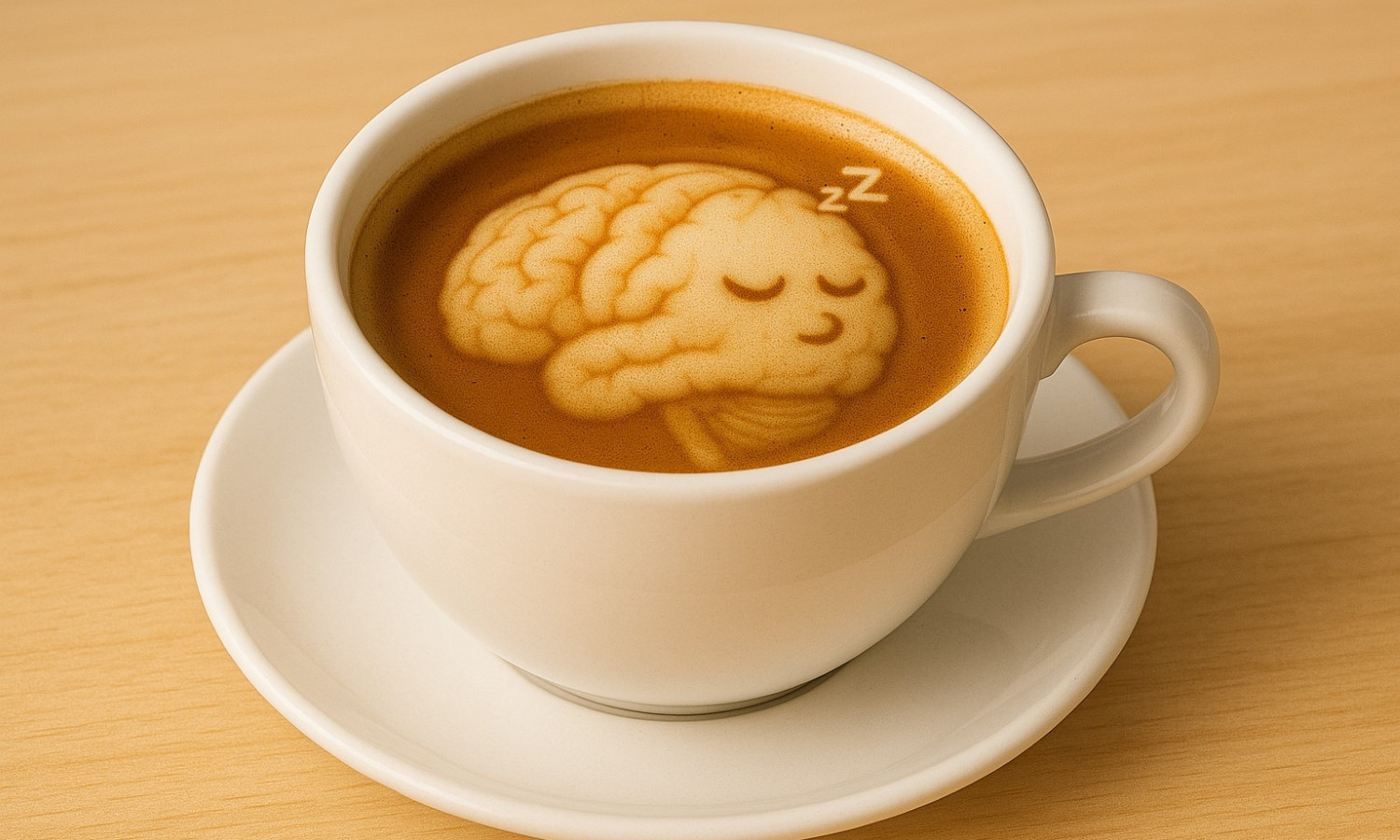It's well-known that neural circuits help synchronize our biological clock with the day-night cycle. But just how exactly do those circuits develop, and can better understanding the process help, for example, in treating circadian rhythm disorders?
In a new study coinciding with the annual end of Daylight Savings Time, Université de Montréal medical professor Michel Cayouette and his research team at the UdeM-affiliated Montreal Clinical Research Institute provide some answers to those questions.
Published in Cell Reports just days before the return last Sunday to regular time, the study reveals the unexpected role played by Müller glial cells in the retina, the layer at the back of the eyeball that converts light into nerve signals.
Typically considered as simple support cells in the retina, Müller glial cells actually play a key role in the assembly of neural circuitry, the UdeM researchers report.





